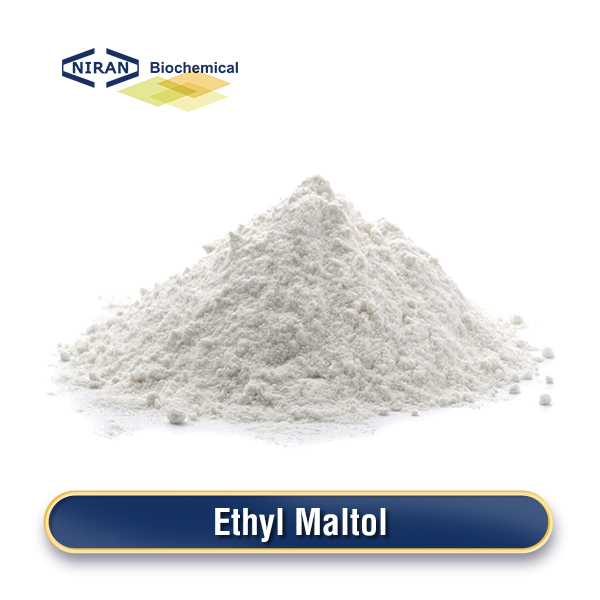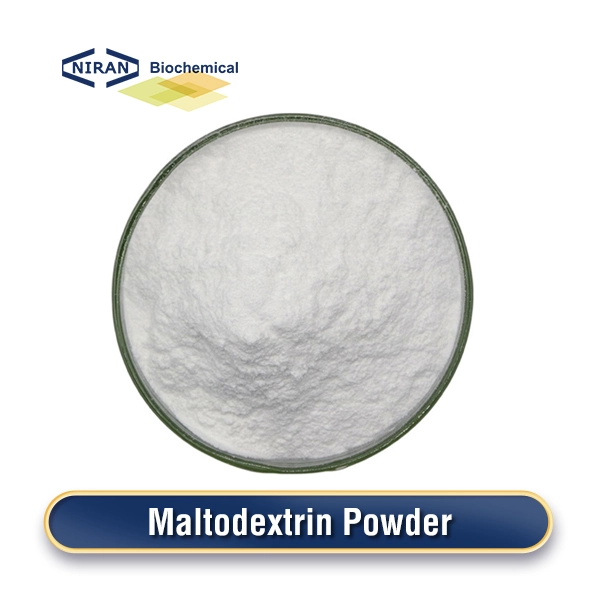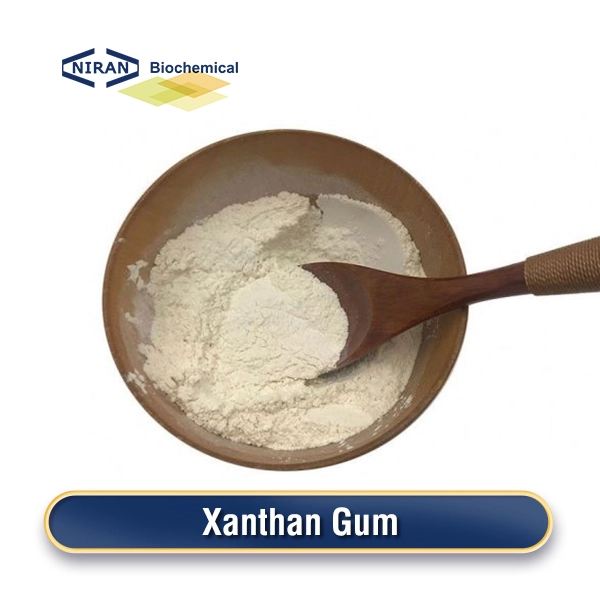Basical Food Additives In Dairy
Food additives in dairy enhance flavor, improve texture, and extend shelf life. In yogurt, they promote fermentation; in cheese, they ensure consistency; in cream, they stabilize emulsions and prevent spoilage.
Here are the common food additives in Three Dairy fields:

Ethyl Maltol
- Enhances sweetness and aroma in dairy products, improving flavor profile; typical dosage is 0.05% to 0.1% for best results.

Maltodextrin
- Serves as a bulking agent in dairy, improving texture and mouthfeel while adding mild sweetness; typical dosage ranges from 1% to 5%.

Xanthan Gum
- Acts as a thickener and stabilizer in dairy, preventing separation and enhancing viscosity; typical dosage is 0.1% to 0.5% for effectiveness.
In addition to common food additives, yogurt frequently incorporates specialized additives to enhance flavor, improve texture, boost probiotic levels, and ensure a creamy, nutritious product.
In addition to common food additives, cheese often includes specialized additives to enhance flavor, improve texture, promote fermentation, and ensure optimal aging and melting properties.
- Enhances moisture retention and improves texture in cheese; typical dosage is 0.5% to 1% for optimal results.
- Serves as a low-calorie sweetener in cheese, enhancing flavor without added sugar; typical dosage ranges from 1% to 5%.
- Regulates acidity and promotes fermentation in cheese, contributing to flavor development; typical dosage is 0.5% to 2% for effective use.
- Acts as a pH regulator in cheese, improving meltability and stability; typical dosage is 0.1% to 0.5% for desired texture.
In addition to common food additives, cream frequently utilizes specialized additives to enhance flavor, improve stability, maintain texture, and ensure a rich, smooth experience in culinary applications.
- Enhances cream's texture and stability, preventing separation; typical dosage is 0.2% to 1% for optimal viscosity.
Fructose Crystal
- Adds sweetness to cream, improving flavor while maintaining a low glycemic index; typical dosage is 5% to 10%.
- Provides structure and stability in cream, improving mouthfeel and preventing separation; typical dosage is 0.5% to 2%.
- Improves nutritional profile and color in cream, adding natural hues and benefits; typical dosage is 1% to 5%.
